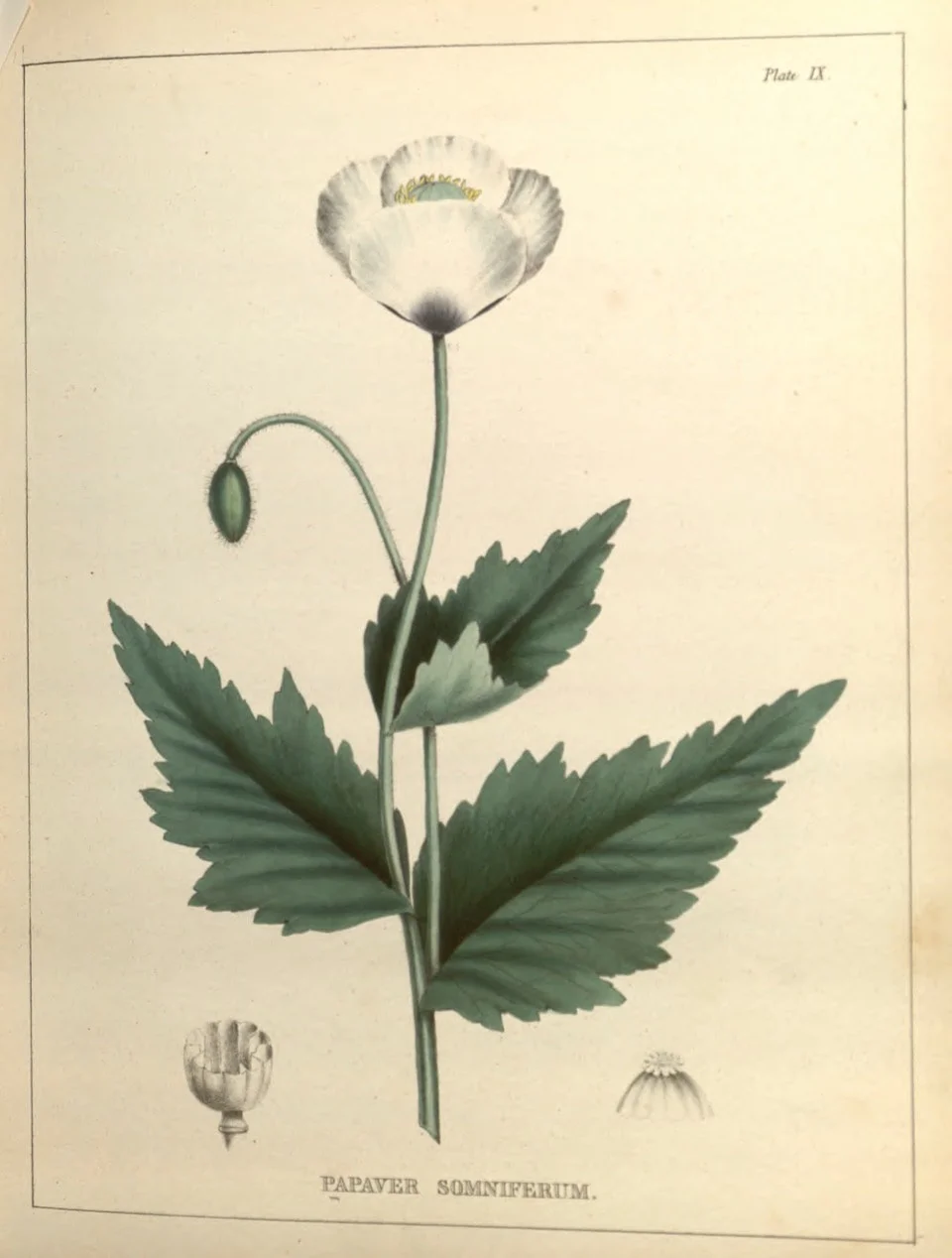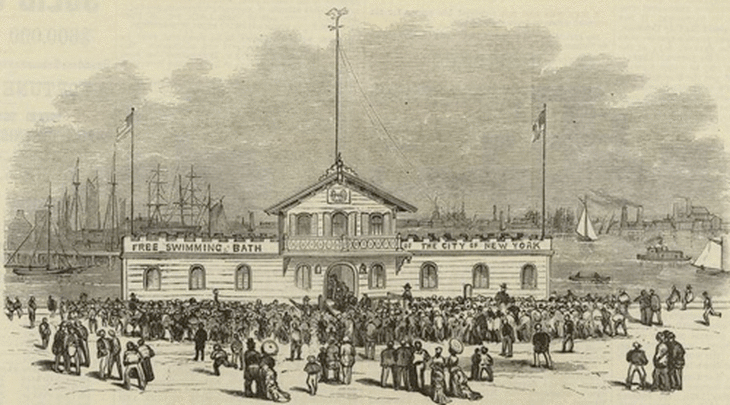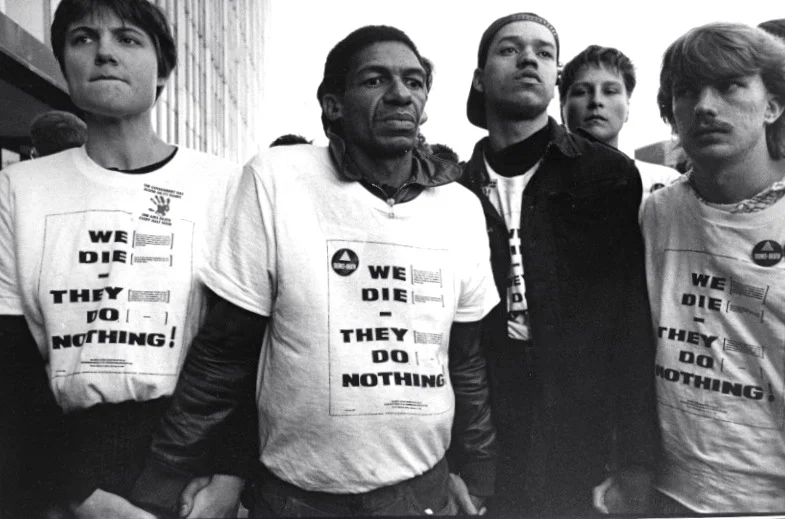Grassroots Anti-Crack Activism in the Northwest Bronx
By Noël K. Wolfe
During the 1970s and 1980s, the Bronx was a national symbol of urban decay, used as a political backdrop to send messages of despair, governmental failure, the decline of urban spaces and other racialized messages of fear. Drug addiction and drug selling became a national, state, and local political battleground that reflected differing political ideologies. Even at the community level, a tension existed within New York City neighborhoods about how best to respond to drug crises. In 1969, New York Black Panther Party member Michael “Cetewayo” Tabor warned Harlemites about the long-term implications of inviting police, who he described as “alien hostile troops,” into their community to address heroin addiction and drug-related crime. While Tabor did not deny that those addicted to heroin were committing “most of their robberies, burglaries and thefts in the Black community against Black people,” he challenged community members to be suspicious of the motives behind “placing more pigs in the ghetto.” Tabor sought a community-driven solution to heroin addiction — one that did not include the police. Similarly in the Bronx, members of the Young Lords Party responded to heroin addiction by occupying the administrative offices of Lincoln Hospital in November 1970 and successfully demanding a drug treatment program for community members. The Lincoln Hospital Detox Program, a “community-worker controlled program,” paired political education with therapeutic support to assist those seeking help to overcome addiction.
Read More










